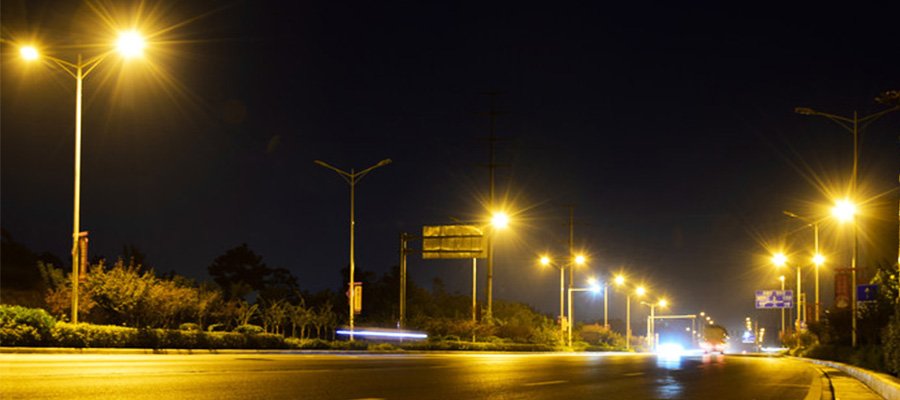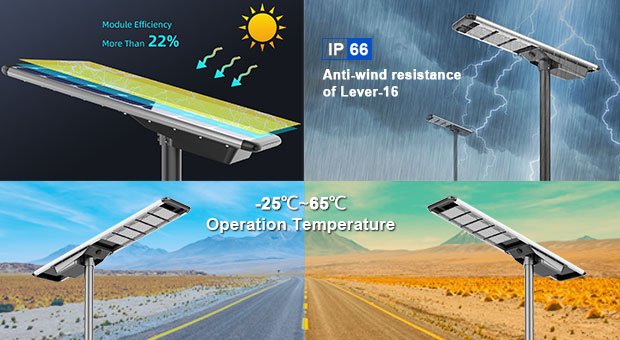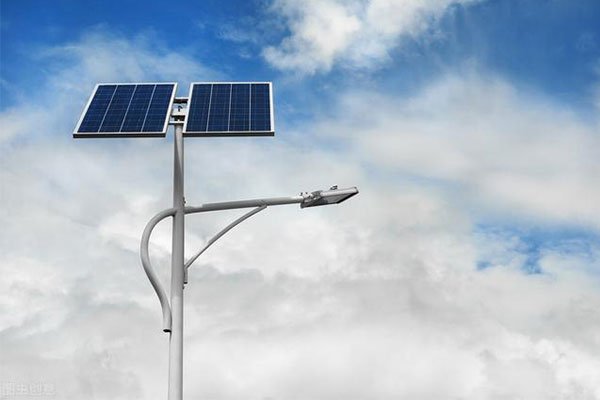How can public lighting projects save energy while ensuring stable power supply? Many cities are exploring hybrid solutions that combine grid-powered and solar streetlights.
Optimizing the hybrid use of grid and solar streetlights can reduce energy consumption, enhance reliability, and lower maintenance costs. By integrating smart controls, strategic layout, and efficient equipment, cities can achieve more economical and eco-friendly lighting systems.
Many areas still rely on traditional grid-powered streetlights, while solar streetlights are gradually being introduced to cut electricity costs. But how can we balance the use of both to maximize their advantages?
What is a Hybrid Street Lighting System?
How do modern urban lighting systems combine grid and solar streetlights for optimal energy use?
A hybrid lighting system leverages both grid and solar power, charging with solar energy during the day and intelligently switching power sources at night to ensure uninterrupted lighting.

Components of a Hybrid Lighting System
A well-designed hybrid lighting system typically includes the following core components:
| Component | Function |
|---|---|
| Solar Panels | Collect and convert sunlight into electrical energy |
| LED Lights | Energy-efficient lighting with long lifespan |
| Controller | Manages the switch between solar and grid power |
| Battery | Stores solar energy for nighttime use |
| Transformer | Regulates voltage to ensure power compatibility |
Key Benefits
- Energy Savings: Uses solar power during the day and smartly switches at night, reducing grid load.
- Stable Power Supply: Automatically shifts to grid power during cloudy or rainy days to maintain illumination.
- Lower Maintenance Costs: Reduces wiring and maintenance expenses, saving long-term costs.
How to Strategically Layout Grid and Solar Streetlights?
How can different areas efficiently integrate both lighting solutions for maximum cost-effectiveness?
Strategic planning based on road classification, sunlight conditions, and power demand ensures optimal lighting quality while minimizing costs.
Recommended Lighting Solutions by Area
| Road Type | Recommended Lighting Solution | Key Benefits |
|---|---|---|
| Main Roads | Primarily grid-powered with solar backup | Ensures high brightness and reliability |
| Rural Roads | Primarily solar-powered with minimal grid support | Reduces cable costs and suits remote areas |
| Park Pathways | Pure solar lighting | Eco-friendly and aesthetically pleasing |
| Parking Lots | Hybrid solar and grid solution | Energy-efficient and supports 24/7 use |
Key Layout Strategies
- High Sunlight Areas: Install standalone solar streetlights to reduce grid dependence.
- High Traffic Areas: Use hybrid solutions to ensure adequate brightness.
- Emergency Backup: Solar lighting systems provide backup power during grid outages.
How to Implement Smart Control for Higher Efficiency?
How can smart control optimize energy use and extend the lifespan of streetlights?
By incorporating light sensors, timers, and remote monitoring, energy distribution can be optimized, reducing consumption and maintenance costs.

Smart Control Methods
| Control Method | Function | Benefits |
|---|---|---|
| Light Sensors | Adjust brightness based on ambient light | Maximizes energy efficiency and reduces waste |
| Timers | Set fixed schedules for on/off control | Ideal for areas with stable traffic patterns |
| Remote Monitoring | IoT-based real-time streetlight monitoring | Simplifies maintenance and optimizes energy use |
| Hybrid Control | Combines sensors and timers for flexible management | Enhances energy savings and extends equipment lifespan |
Advantages of Remote Monitoring
- Reduced Maintenance: Monitors each streetlight in real time, detecting faults early.
- Optimized Energy Management: Adjusts brightness based on traffic and weather.
- Data-Driven Insights: Collects lighting data for future urban planning improvements.
My Insights
How can we effectively implement this hybrid lighting model in different projects?
Based on my experience in the solar lighting industry, I believe the key aspects include:
- Preliminary Research: Assess local climate conditions to ensure solar lighting feasibility.
- Budget Planning: While the initial investment is higher, long-term savings in electricity and maintenance costs justify the expense.
- Flexible Adjustments: Modify smart control strategies based on real-world usage to avoid energy wastage or insufficient lighting.
- Policy Support: Leverage government subsidies or green energy policies to reduce installation costs.
Conclusion
The hybrid use of grid and solar streetlights enhances system stability, reduces energy consumption, and lowers maintenance costs. With strategic layout and smart control, we can develop more efficient and sustainable urban lighting systems, supporting future green development.







